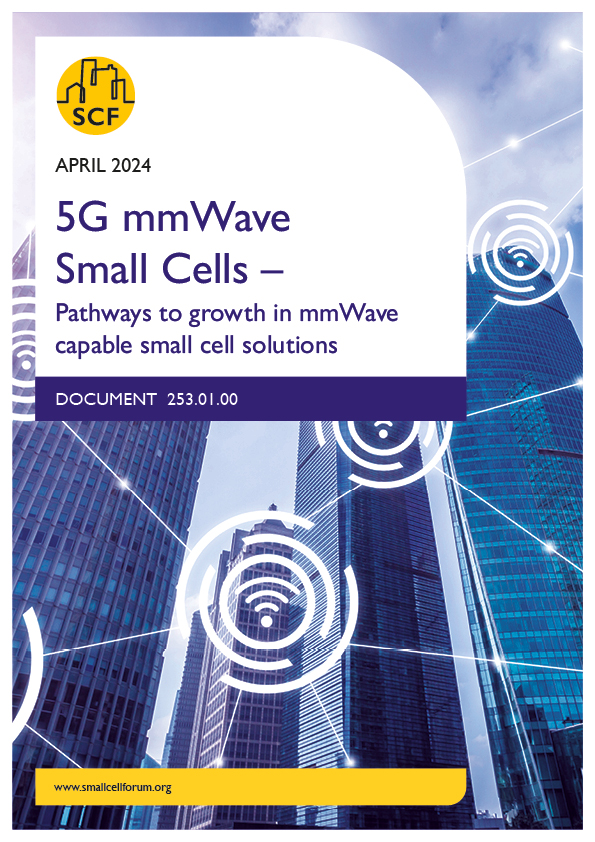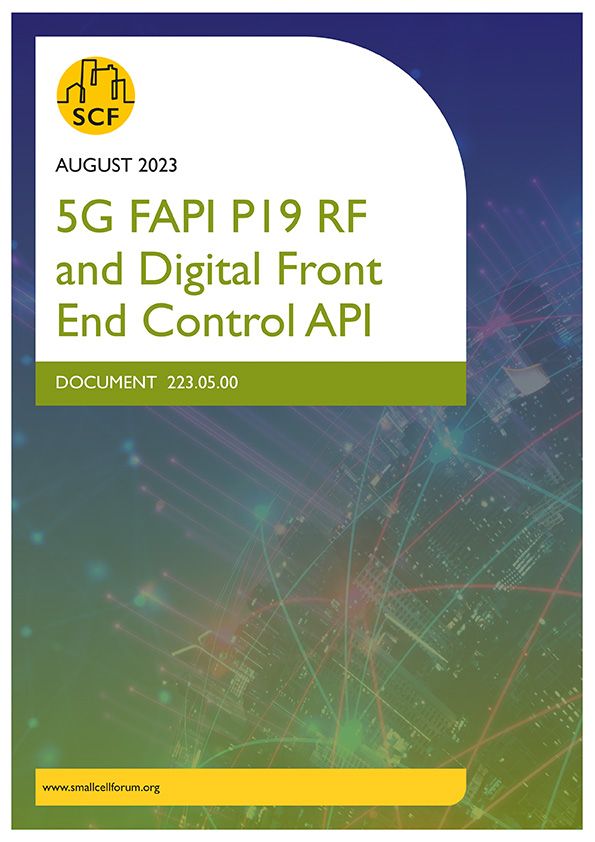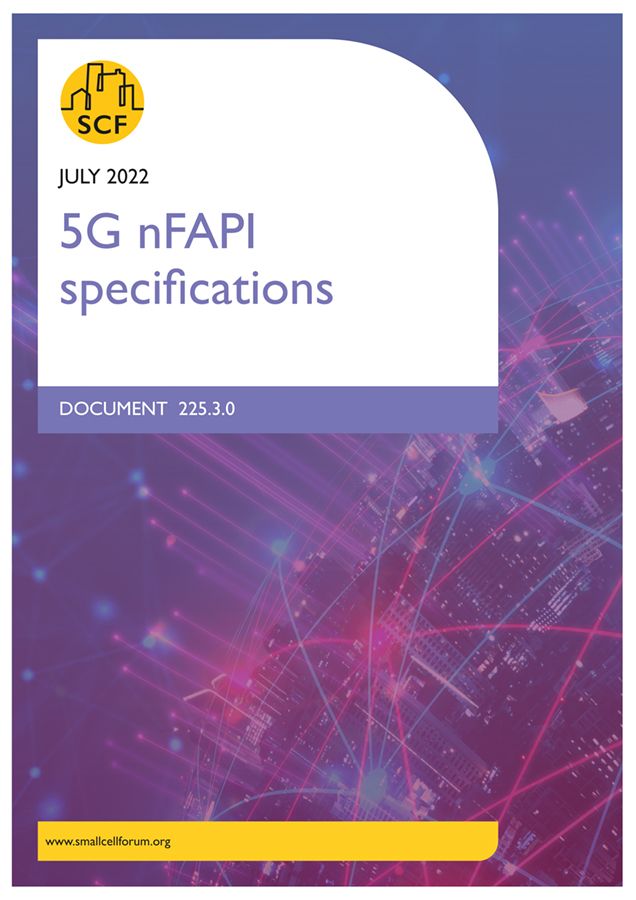
5G mmWave reference design
Why this work matters
In the context of 5G mmWave small cells, the establishment of baseline specifications for a Frequency Range 2 (FR2) minimum viable product (MVP) is crucial. This process involves defining standardized parameters for the mmWave frequency band to ensure optimal performance of the small cells and efficient data transfer across the network.
Scope
Despite its advantages, the mmWave spectrum comes with challenges, such as signal disruptions in dense urban environments. Baseline specifications address these issues by specifying communication protocols, essentially providing a technical framework for data transmission. Additionally, considering viable RAN splits is essential for optimizing the distribution of processing tasks between the small cell and the central network. This optimization ensures a seamless and reliable 5G mmWave network, meeting the promised high-speed and low-latency requirements. In summary, baseline specifications set technical standards to enhance the performance of 5G mmWave small cells.

5G mmWave small cells – Pathways to growth in mmWave capable small cell solutions
Produced by the SCF Components and Products group, this new white paper provides a comprehensive overview of the evolving landscape of 5G mmWave small cells, examining both the current state of deployments and the promising avenues for future development. Topics in the paper include:
- Technology: how ongoing R&D activities in sectors such as defence and non-terrestrial networks have overcome traditional challenges and yielded a supply of chipsets and base station products tailored for the 5G mmWave spectrum. Meaning mmWave is now ready to transition into the telecoms mainstream.
- Applications: the global market opportunity over the next five years, with early demand coming from fixed wireless access deployments – where mmWave offers a cost-effective alternative to the ubiquitous deployment of fiber to premises – and a second wave of investment anticipated from Industry 4.0 and enterprise solutions.
- Business models: how a subscription-based model can democratize access to 5G mmW technology, significantly reducing capital expenditures and making it accessible to a broader range of organizations.
- Sustainable operating practices: how the radio propagation characteristics of mmWave allows for more efficient use of energy and more sustainable network operations
Related resources



